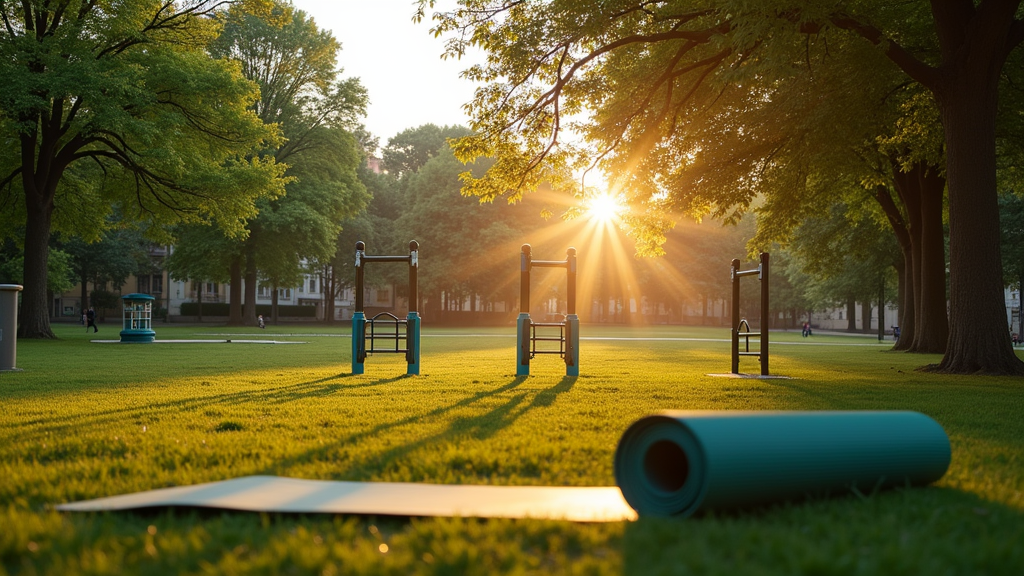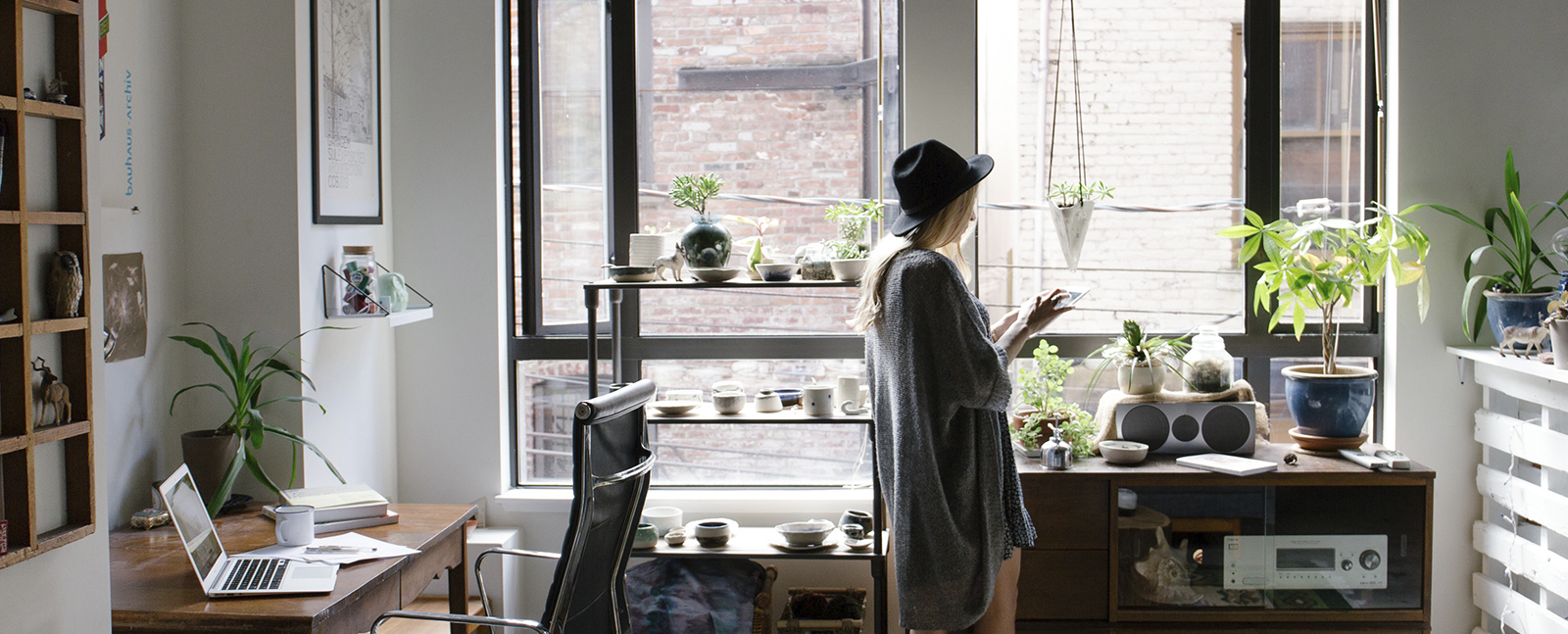Yoga and calisthenics might seem like two separate worlds, but from my experience, bringing yoga into my calisthenics training has made my workouts a lot more effective and enjoyable. When I started adding yoga to my strength routines, I could clearly see improvements in my flexibility, recovery, and even my performance in challenging bodyweight movements. If you’re curious about how yoga can fit into your training, I’ll walk through some practical reasons, specific benefits, and real examples that show why it deserves a spot in any calisthenics program.

The Connection Between Yoga and Calisthenics
Yoga and calisthenics both use bodyweight, but they approach movement and control from different angles. While calisthenics builds strength through dynamic exercises like pushups, pullups, and levers, yoga focuses on mobility, breath, balance, and sustained holds. I’ve found that yoga fills in a lot of the gaps left by traditional calisthenics, especially when it comes to range of motion and injury prevention.
These two practices share the principle of mastering your own body. By combining them, I create a balanced program that pushes my limits, but also supports them by reducing strain and supporting recovery. Many top-level athletes and coaches recommend yoga specifically for functional athletes, gymnasts, and calisthenics practitioners who want to move better and reduce aches and pains associated with repetitive training.
Why Yoga Supports Athletic Progress in Calisthenics
Every athlete works to increase performance and minimize downtime. In calisthenics, healthy joints, connective tissue, and balanced muscle development become really important for staying consistent. When I started integrating yoga into my routine, several things changed for the better:
- Improved Flexibility: Regular stretching and poses like downward dog, pigeon, and lizard allowed me to access deeper ranges for movements like pistol squats and Lsits.
- Better Core Stability: Many yoga flows strengthen deep abdominal and spinal muscles, giving me better control in plank, lever, and handstand variations.
- Mental Focus and Breath Control: Learning to breathe deeply during uncomfortable stretches made it easier to stay focused during tough sets or muscleups.
- Faster Recovery: Gentle movement and mindful stretching on my rest days often reduced soreness and kept my joints feeling good week after week.
This combination helps me stick to my training plan, avoid burnout, and feel motivated to keep going after bigger moves and skills. Studies have also shown that adding yoga to an athletic program can decrease the risk of common overuse injuries due to improved muscle elasticity and joint resilience. For reference, you can read more on the physical benefits of yoga at Healthline’s yoga benefits guide.
Another benefit I’ve noticed is the improvement in body awareness. Calisthenics athletes perform skills that require not only raw strength but precise movement and balance. Yoga enhances proprioception, the sense of how your body moves in space. This heightened awareness helps with progressions and form correction in advanced movements like planches or front levers. By digging into both practices, I build not just a strong physique, but a smart one as well.
Getting Started With Yoga in Calisthenics Training
Adding yoga to calisthenics doesn’t mean you have to spend an hour on the mat every day. In my experience, short, focused sessions a few times per week can have a noticeable impact. Here’s how I recommend starting out if you’re new:
- Begin With The Basics: Learn and practice foundational poses like downward dog, child’s pose, warrior, and cobra. These build flexibility across the hips, hamstrings, shoulders, and back.
- Explore Breath Work (Pranayama): Practice breathing deeply in each pose, especially during more challenging stretches. Try inhaling for four counts, holding, and exhaling for six counts.
- Use Yoga as a Warm Up: Flow through five to ten minutes of gentle movements like catcow and spinal twists to prepare your joints and muscles before calisthenics.
- Add Yoga to Rest and Recovery Days: I like to dedicate one rest day per week to a 30minute yoga flow targeted at my stiffest areas, especially after an intense strength week.
There’s no need to rush or try complex flows right away. Focusing on consistency is the most important part. Simple routines, repeated often, have brought me the biggest differences. As you become comfortable with foundational poses, consider exploring different styles of yoga, such as vinyasa or yin, to mix in some variety and see which best suits your calisthenics goals.
Practical Yoga Poses That Help Calisthenics Athletes
Some yoga poses stand out for their usefulness with common calisthenics movements. These target specific muscle groups used in pulling, pushing, and core work.
- Downward Dog: Opens up the hamstrings and shoulders, helping with mobility for pistol squats, planche, and handstand entries.
- Pigeon Pose: Stretches hip flexors and glutes, supporting better squats, lunges, and general lower body strength.
- Cobra & Upward Dog: Strengthens the back and stretches the front body, assisting with pushups and arch holds.
- Plank Variations: Similar to calisthenics planks, these challenge the deep core and serve as a bridge between both disciplines.
- Bridge Pose: Strengthens glutes and lower back, supporting pushoff power for muscleups or explosive pushup work.
- Child’s Pose & Happy Baby: Great for active recovery, helping release tension after a long workout or skill session.
When I added these poses at the end of my training or as a short morning routine, I noticed fewer injuries and felt more refreshed during the next day’s workout. Another useful pose is the standing forward fold, which stretches the entire posterior chain and supports mobility for movements like the back lever or skin the cat. Taking the time to rotate through different combinations of poses has kept my sessions interesting and prevented plateaus in flexibility and mobility.
Common Questions About Yoga in Calisthenics
Here are some questions I often hear from friends or clients new to merging these methods:
Question: Will yoga make me lose strength or muscle?
Answer: Yoga alone won’t build the same muscle as targeted calisthenics, but as a supplement, it increases flexibility, joint health, and can even improve strength through isometric holds. It does not take away from muscle if you keep your regular resistance training and eat enough protein.
Question: How long should yoga sessions be to get benefits?
Answer: Even ten to fifteen minutes, three to four times per week, can help maintain joint health, support muscle flexibility, and aid in recovery. On off days, a 30minute session feels great for deep stretching.
Question: I’m not flexible – can I still do yoga?
Answer: Absolutely. When I first started, my flexibility was very limited. Practicing regularly, even if only using blocks or straps for support, brings gradual progress. Yoga is not about being perfect; progress comes with consistency.
Question: What’s more important – static or dynamic yoga?
Answer: Both forms are useful. Dynamic flows are great for warming up and improving mobility, while static poses work well for cooling down, relaxing, and deep stretching at the end of a workout.
Challenges and How to Overcome Them
Adding something new to your training always comes with hurdles. I faced a few and learned how to work through them:
- Time Management: It can be difficult to fit in both yoga and calisthenics, but I started with short sessions after my main workout. Even ten minutes of yoga posttraining provided big results.
- Motivation: On days I didn’t want to be on the mat, I’d remind myself that yoga kept me injuryfree and helped my muscles recover faster, which meant more progress overall.
- Understanding Proper Technique: Following videos or inperson classes with qualified instructors helped me learn correct alignment and avoid common mistakes that might lead to joint discomfort.
- Overstretching: It’s really important not to push too hard. I learned to listen to my body, stay patient, and avoid forcing deep stretches. Gentle progress always paid off more than risking strains.
Another challenge I ran into was finding the right combination of yoga and strength work so that I didn’t overtrain. I found that tracking my sessions, noting which muscles felt sore, and allowing more time for rest, helped me tune my routine for better gains and less fatigue. It is all about listening to your body and adjusting based on feedback over time.
RealWorld Benefits: How Yoga Transformed My Calisthenics
When I started using yoga regularly, I noticed clear advantages. For example, I used to struggle with tight hips that limited my range in pistol squats. After just a few weeks focusing on pigeon pose and lunges in my yoga practice, my squats became smoother and I could go deeper safely. In handstand training, yoga shoulder mobility work helped me open up tight lats and traps, making my line much cleaner and reducing the risk of wrist pain.
Beyond flexibility and recovery, yoga also taught me how to stay calm and focused during tough sets. Practicing mindfulness and deep breathing carried over to my toughest moves. On days when things didn’t go as planned, I could use the same mindset to stay positive and avoid frustration. Blending yoga and calisthenics not only benefited my physical progress, but also supported my mental health and training mindset.
If you’re looking for additional proof, many professional athletes from soccer players to Olympic gymnasts incorporate yoga routines for these very outcomes. The transfer of skills is real, and the improvements are both visible and longlasting.
Takeaways for Anyone Adding Yoga to Their Calisthenics Training
I’ve found that combining yoga and calisthenics brings a more balanced approach to training. Both methods use your bodyweight, prioritize movement control, and encourage body awareness. By adding yoga, I stay more mobile, recover faster, and keep pushing my limits safely. Beginners can start slowly and still get real benefits, while more advanced athletes might build personal routines to target areas that limit their progress.
For anyone looking to try it out, I suggest checking out foundational yoga programs, using free resources online from trusted instructors, or talking with a coach who has experience bridging these two methods. Getting comfortable with a few key poses and being consistent every week can support your body and help you reach new goals in calisthenics. If you want more data or guidance, the American Council on Exercise offers helpful research and programs to get started safely and effectively.
Wrapping up, mixing yoga and calisthenics is an eye-opening strategy for any athlete eager to step up flexibility, strengthen foundational movements, and add some variety to their routine. There’s no magic formula—just patience, consistency, and openness to trying something a little different. The improvements in body awareness, recovery, and resilience genuinely take your performance up a notch, whatever your goals may be.
